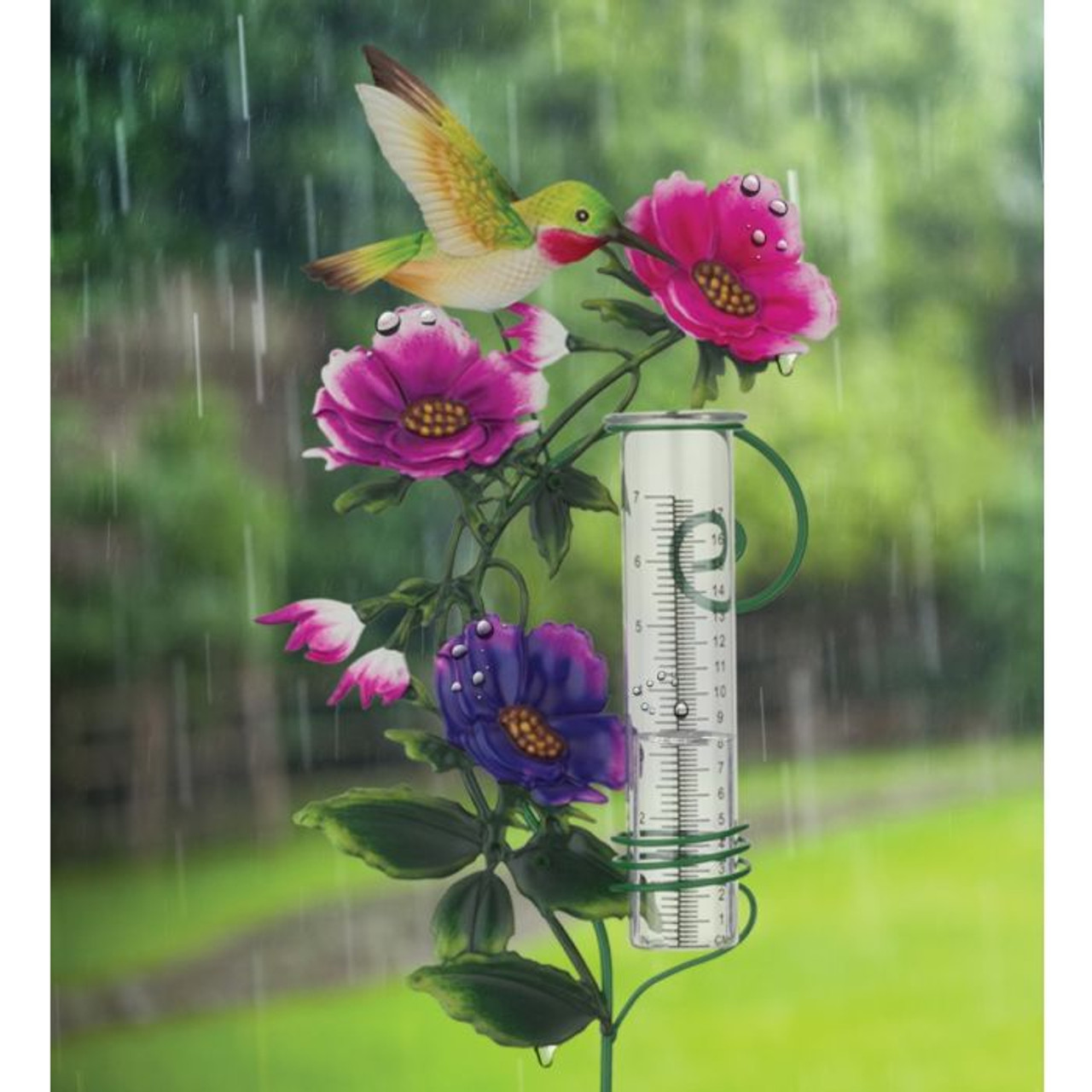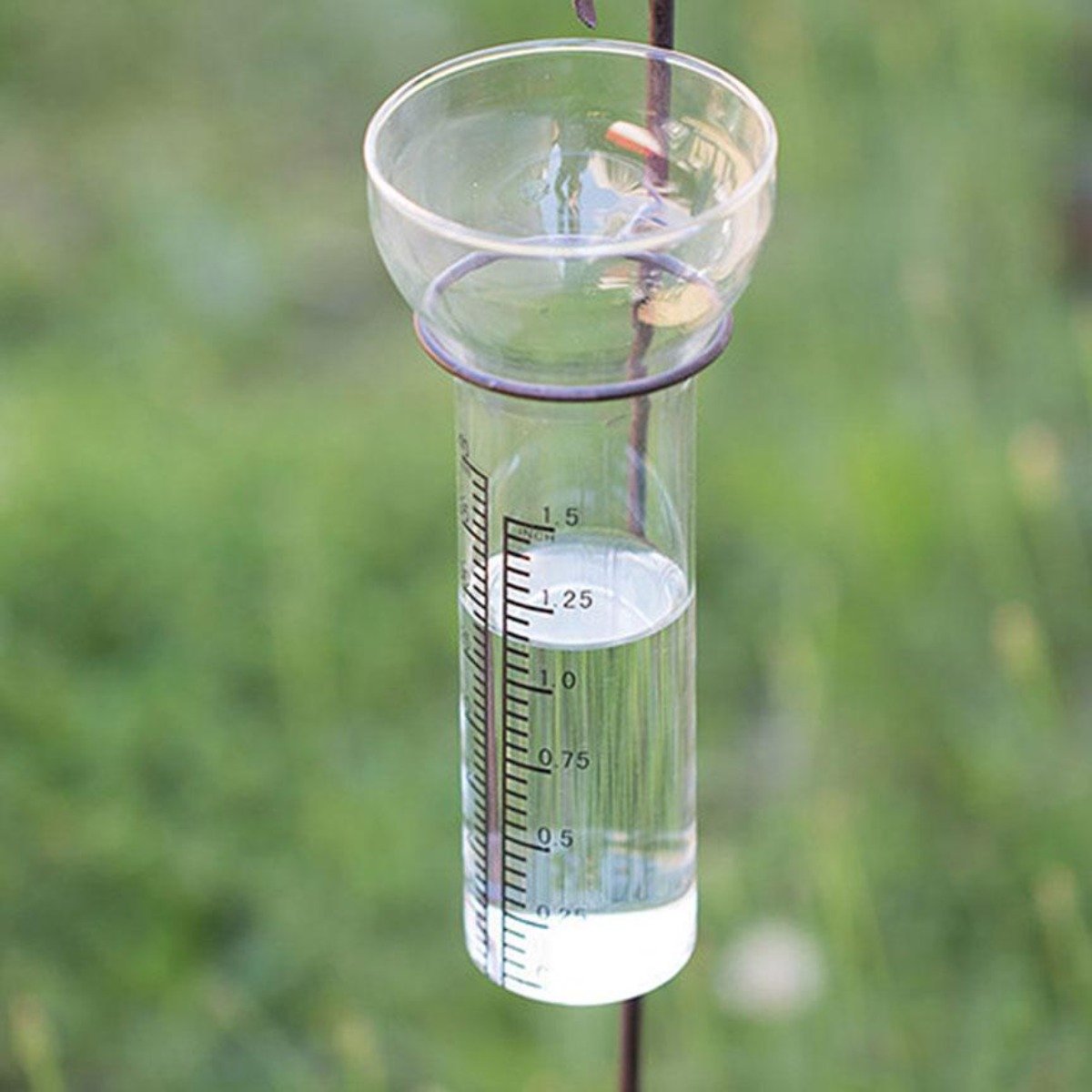The Rain Gauge: Equipping Neighborhoods with Accurate Rainfall Data
Wiki Article
How to Choose the Right Rain Scale for Accurate Rain Information
Accurate rains data is vital for numerous sectors and activities, such as meteorology, water, and agriculture source management. To obtain reputable dimensions, it is vital to pick the appropriate rain scale. This overview intends to supply useful insights right into the selection procedure, allowing you to make educated choices. Thinking about aspects such as area, kind, and accuracy of the rain scale will certainly assist make sure accurate data collection. In addition, understanding the maintenance and calibration procedures will certainly add to the durability and dependability of your rainfall scale. By complying with these guidelines, you can ensure precise rainfall data, enabling far better decision-making and preparation for various applications.Importance of Selecting the Right Rainfall Gauge
The relevance of choosing the ideal rainfall scale hinges on getting trusted and accurate rains data for exact meteorological evaluation. Rain data is critical for a vast variety of applications, including weather condition projecting, hydrological modeling, and climate research study. Unreliable or unreliable data can cause wrong final thoughts and flawed decision-making procedures.
Second of all, the precision and accuracy of the rainfall gauge are critical. The gauge needs to have the ability to gauge rainfall with high accuracy, recording even small quantities of precipitation properly. It needs to likewise reduce errors as a result of evaporation, wind, and other ecological aspects. Regular calibration and upkeep are vital to guarantee continuous accuracy.
In addition, the place and setup of the rainfall scale are important considerations. It must be placed in an open area, far from obstructions that can impact rains measurements. The gauge ought to be positioned at a proper height and angle to prevent spilling and guarantee appropriate catchment of rainwater.
Variables to Think About When Picking a Rain Gauge
When selecting a rainfall gauge, there are several essential variables to take into consideration. There are various kinds offered, consisting of common rain evaluates, tipping bucket rain assesses, and considering rainfall determines.An additional element to think about is the product of the rainfall gauge. Rainfall determines can be made of various materials, such as plastic, glass, or metal. The material selected ought to be immune and resilient to climate condition, guaranteeing that the rain gauge will certainly stand up to the components and offer precise measurements in time.
Accuracy is likewise a vital factor to consider. Search for rainfall evaluates that have actually been calibrated and checked for accuracy. Attributes such as anti-splash rings and funnels can also boost the precision of the dimensions.

Last but not least, consider the climate and atmosphere in which the rainfall scale will certainly be made use of. Various rainfall evaluates appropriate for different environments, so it is essential to choose one that is proper for the conditions in your area.
Different Sorts Of Rain Gauges Readily Available
To better discover the factors to take into consideration when selecting a rainfall gauge, it is important to understand the various types of rainfall evaluates available. The most usual kind is the conventional rainfall gauge, additionally recognized as the round rain gauge.One more type of rainfall scale is the tipping pail rainfall gauge. As the rain falls into the scale, it fills up one side of the container, creating it to clear the water and tip.
A 3rd type of rain scale is the evaluating rain gauge. As the rain falls into the scale, it is collected in a container linked to a balance.
Finally, there are additionally remote rain gauges that usage progressed innovation to gauge rainfall (The Rain Gauge). These evaluates usage sensing units and transmitters to send information wirelessly to a central device. Remote rain assesses are practical for keeping track of rains in hard-to-reach locations or for large data collection
Exactly How to Identify the Accuracy of a Rain Gauge
One way to assess the precision of a rainfall scale is by performing routine calibration dimensions. Calibration involves contrasting the readings of a rain scale to a conventional dimension, such as a licensed rain gauge or a climate station with high precision. By comparing the dimensions, any kind of disparities or mistakes in the rain scale can be determined and represented.To conduct a calibration dimension, begin by accumulating rains information from both the rain gauge and the standard dimension device over a details amount of time, such as a month. After that, compare the readings and determine the distinction between them. This difference is referred to as the calibration error.
It is necessary to note that calibration measurements need to be performed consistently, as ecological factors, such as particles, temperature, and wind, can influence the precision of the rain scale over time. By performing normal calibrations, any kind of adjustments in the precision of the rain gauge can be found and modifications can be made appropriately.
Along with calibration, it is likewise suggested to clean and keep the rainfall scale routinely to ensure its accuracy. Get rid of any kind of Read Full Article particles or blockages that might affect the precision of the dimensions, and inspect for any kind of indications of damage or put on that may call for repairs or replacement.
Tips for Preserving and Adjusting Your Rain Scale
Routine maintenance and calibration are crucial for guaranteeing the accuracy and reliability of your rain scale in gauging rains data (The Rain Gauge). By complying with a few simple suggestions, you can guarantee that your rain scale is properly maintained and calibratedTo start with, it is essential to clean your rain scale consistently to avoid any type of debris or dust from obstructing the rainfall collection mechanism. Use a mild cleaning agent and a soft brush to delicately cleanse the within and outside of the gauge. Wash it extensively with clean water and allow it to completely dry totally before reinstalling it.
Secondly, it is advised to adjust your rain gauge a minimum of yearly. Calibration includes contrasting the dimensions of your rainfall scale with those of a trusted my link and accurate recommendation scale. This will assist you identify and remedy any kind of potential mistakes in your rain gauge's measurements.
To adjust your rainfall gauge, gather a known volume of water making use of a gauging container and compare it with the dimensions tape-recorded by your rainfall scale. Change the analyses accordingly to make sure precision.

Conclusion
In final thought, picking the ideal rainfall gauge is important for getting precise rains information. Aspects such as spending plan, place, and function ought to be taken into consideration when selecting a rainfall scale.There are different types readily available, consisting of typical rain determines, tipping bucket rain gauges, and weighing rainfall assesses.To further discover the elements to take into consideration when selecting a rain gauge, it is crucial to understand the various types of rainfall evaluates readily available. The most common kind is the common rain scale, additionally understood as the round rainfall gauge.Another type of rainfall gauge is the tipping container rainfall gauge. Calibration includes contrasting the analyses of a rainfall gauge to a standard dimension, such as a browse this site certified rain gauge or a weather terminal with high precision.
Report this wiki page